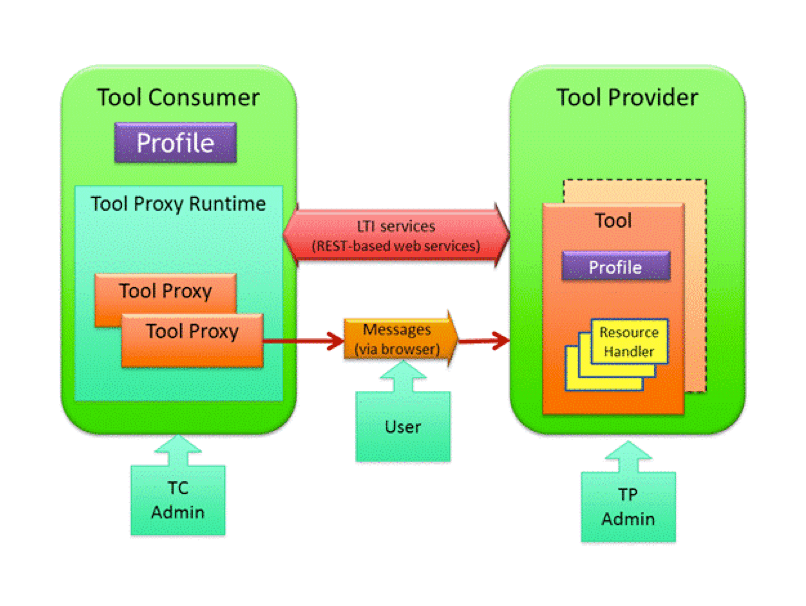Why Testing Is A Great Tool For Learning
Imagine how it would be to learn something and skip the testing. Well, some of us would be happy—who wants to give the test? Not me! Testing as a concept seems to have a stress angle attached to it, and consequently, it does add some pressure. Typically, our view of tests is:
- If we pass—great news!
- If we don’t pass—there is trouble.
Let’s recollect those days from our memory when we used to prepare for tests in school as if it was a battle and felt like partying when it was all done. Until recently, I thought:
- Testing comes at the end of learning.
- Testing declares the results: whether we passed or failed.
- It is a method to measure/evaluate how much we know.
- It completes the learning cycle.
A lot changed when I was introduced to the concept of testing as described in the book Make it Stick by Peter C. Brown et al. It helped me to understand that testing can have multiple learning benefits, and if done right, it can be an enormously powerful tool for learning and not just used for measurement. It might sound surprising to some of us (as it certainly did to me) but there is a lot of research in cognitive science and psychology that shows that if testing is conducted in the right way it can be an exceptionally effective way to learn. By the right way, I mean keeping these parameters in mind while designing a test.
| Parameters | What it means | What is recommended |
| Nature of Testing—High-Stake vs. Low-Stake Testing | High-Stake Testing: Test results are used to determine an important outcome, and frequency (of testing) is not that high.
Low-Stake Testing: They carry minimal impact and frequency is high. |
Low-Stake Testing removes the anxiety one might have with testing. It does not penalize mistakes.
Early testing always helps learners reflect better and go back to the concepts that they have not understood well. |
| Format of Testing | We need to ensure that the format of testing is the right one, and relatable. It can be any of these: free recall questions, multiple choice, hybrid free recall/multiple choice, etc. | Depending on the purpose of the testing and the audience, one needs to decide which format would work best. |
| Type of Feedback | Feedback is an important part of effective learning. Providing relevant and meaningful feedback helps strengthen learning and knowledge retention. | Feedback should explain what was done correctly as well as when there were mistakes. It should be actionable. This gives learners the opportunity to understand their mistakes and reflect on what they have learned and do better next time. |
| When to Give Feedback | Immediate or delayed feedback?
In the world of digital learning, we are used to immediate feedback and believe that giving instant feedback will enhance learning. However, research shows that a delay in feedback encourages learners to anticipate answers and that improves their attention when the feedback finally comes in. |
Delayed feedback does sound like a good concept—we need to explore how best this can be implemented in the digital mode/eLearning space.
One immediate thought I had was to build in delays by default, even if it’s for a few seconds. |
However, the question still remains: how does testing improve learning? Here are some key points from Make it Stick that help to answer this question:
- Testing is a calibration tool
It helps calibrate our judgments of what we’ve learned. In virtually all areas of learning, you build better proficiency when you use testing as a tool to identify your areas of weakness. - Testing is a learning tool
It has the potential to eliminate the "familiarity trap" or, in other words, it can help you get out of your comfort zone. Imagine you’ve learned something and feel that you know everything and do not need to practice it. It is only when you take a test that you realize that your performance was below your expectations and you need to revisit the topic to master it, thus avoiding or breaking free of the familiarity trap. - Testing helps transfer our knowledge to other contexts
Testing, compared to rereading, can facilitate better transfer of knowledge to new contexts and problems, and it improves one’s ability to retain and retrieve material that is related but not assessed. - Testing improves recall over longer intervals
Recalling what you have learned causes your brain to reconsolidate the memory, which strengthens its connections to what you already know and makes it easier for you to recall it again in the future. In effect, retrieval testing interrupts forgetting. This is called the "testing effect."
I am sure this has made you think about the various possibilities of utilizing better ways of testing to improve overall learning. Let me know what you think.










